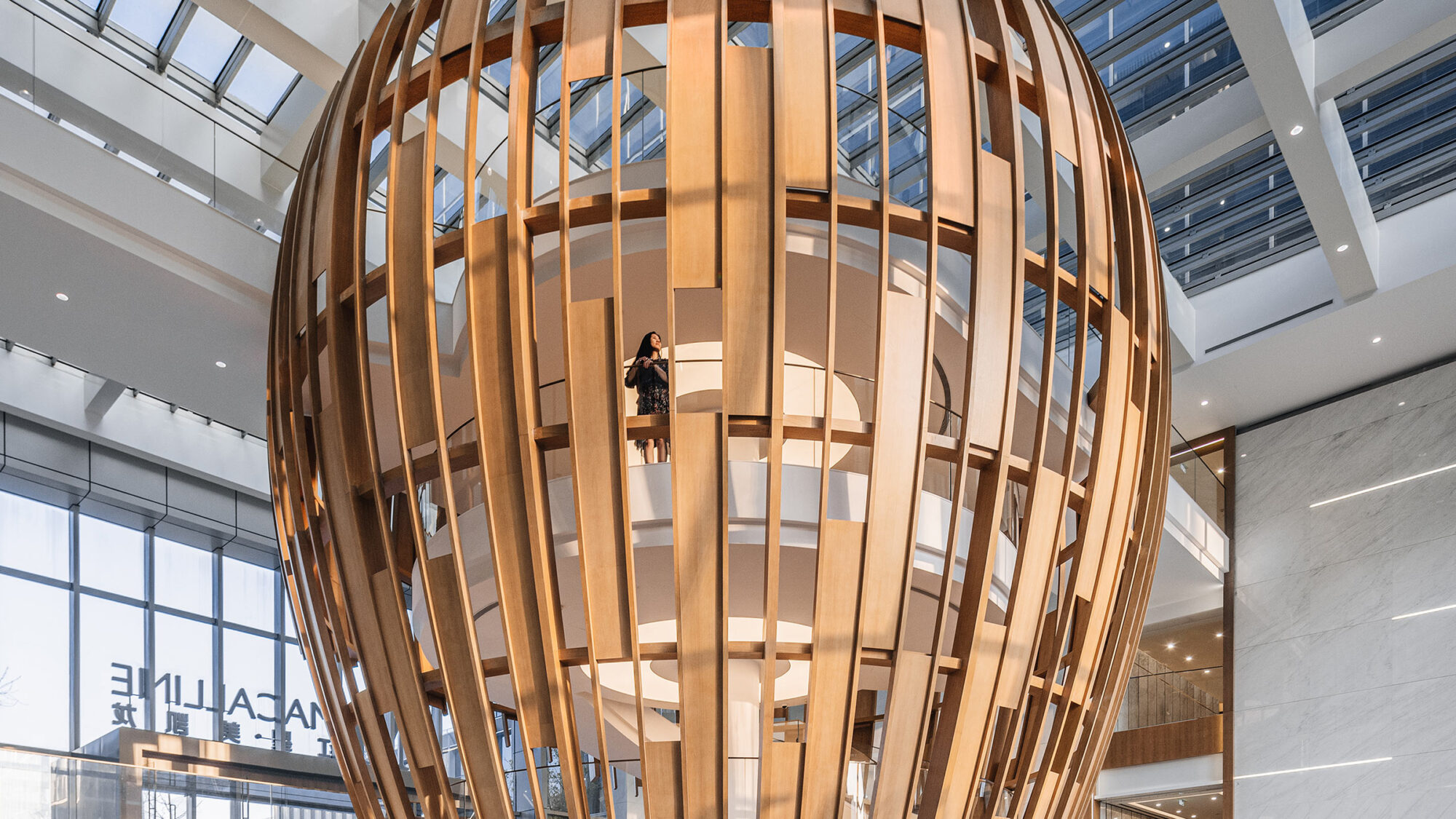

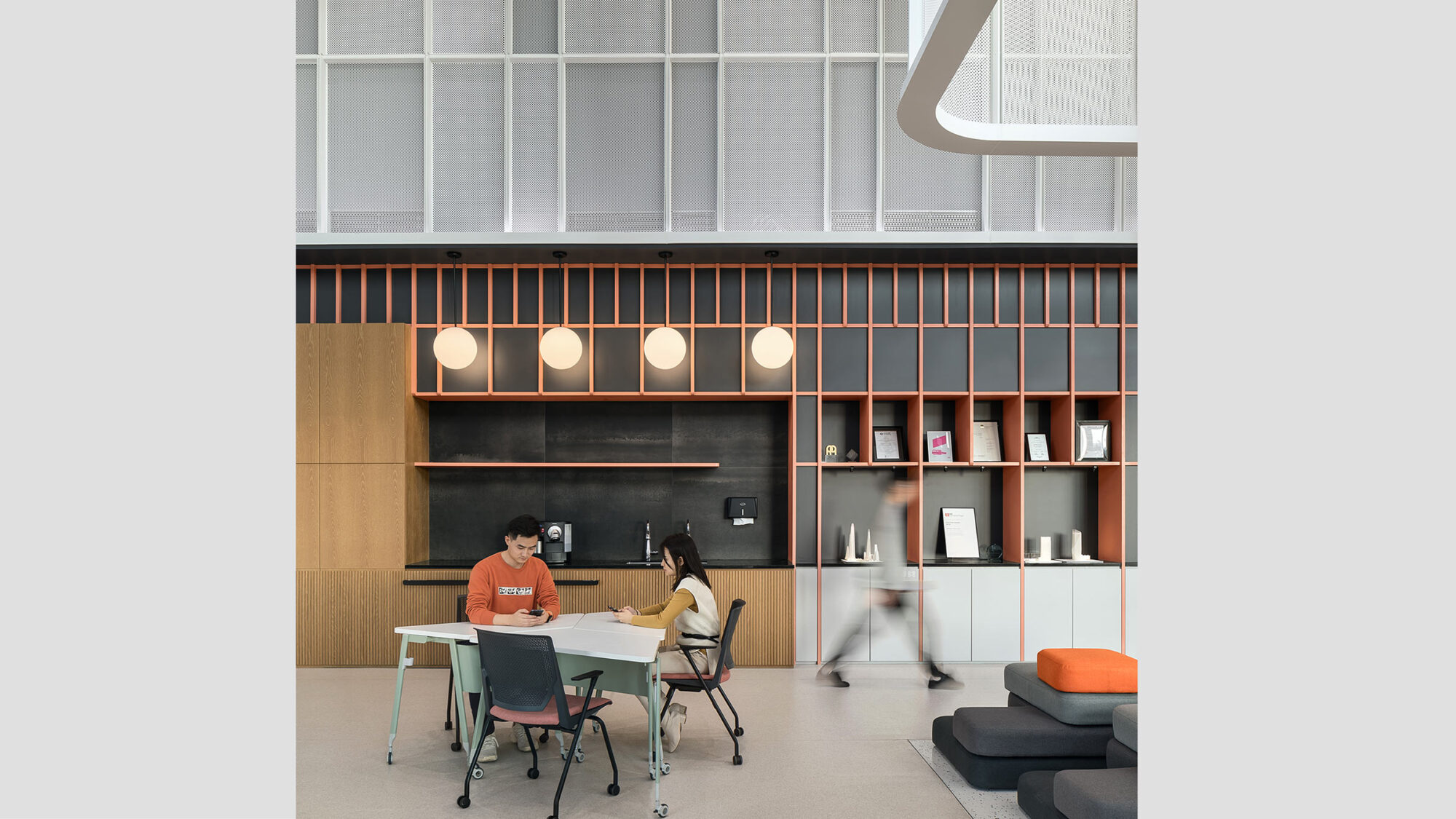
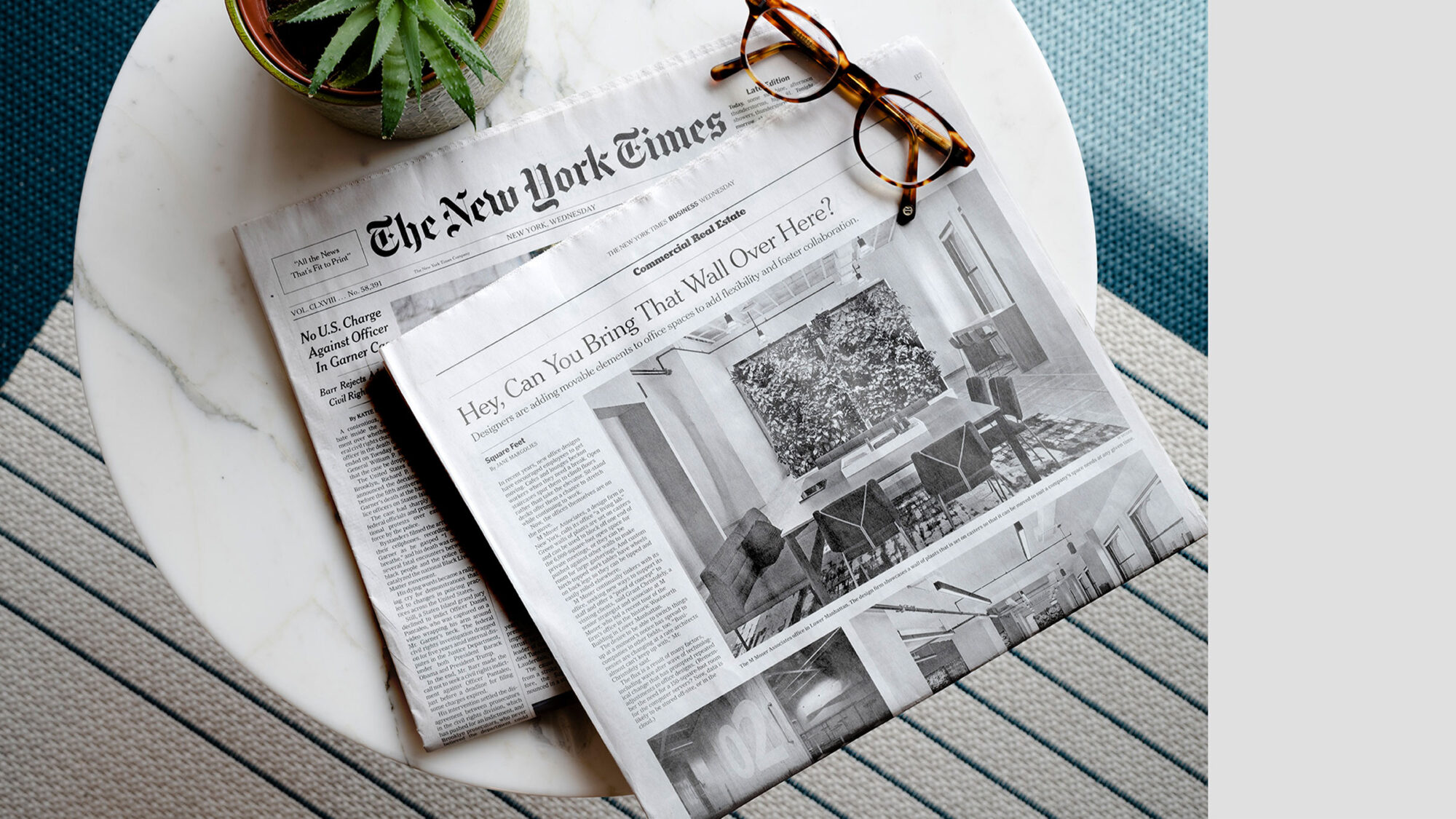

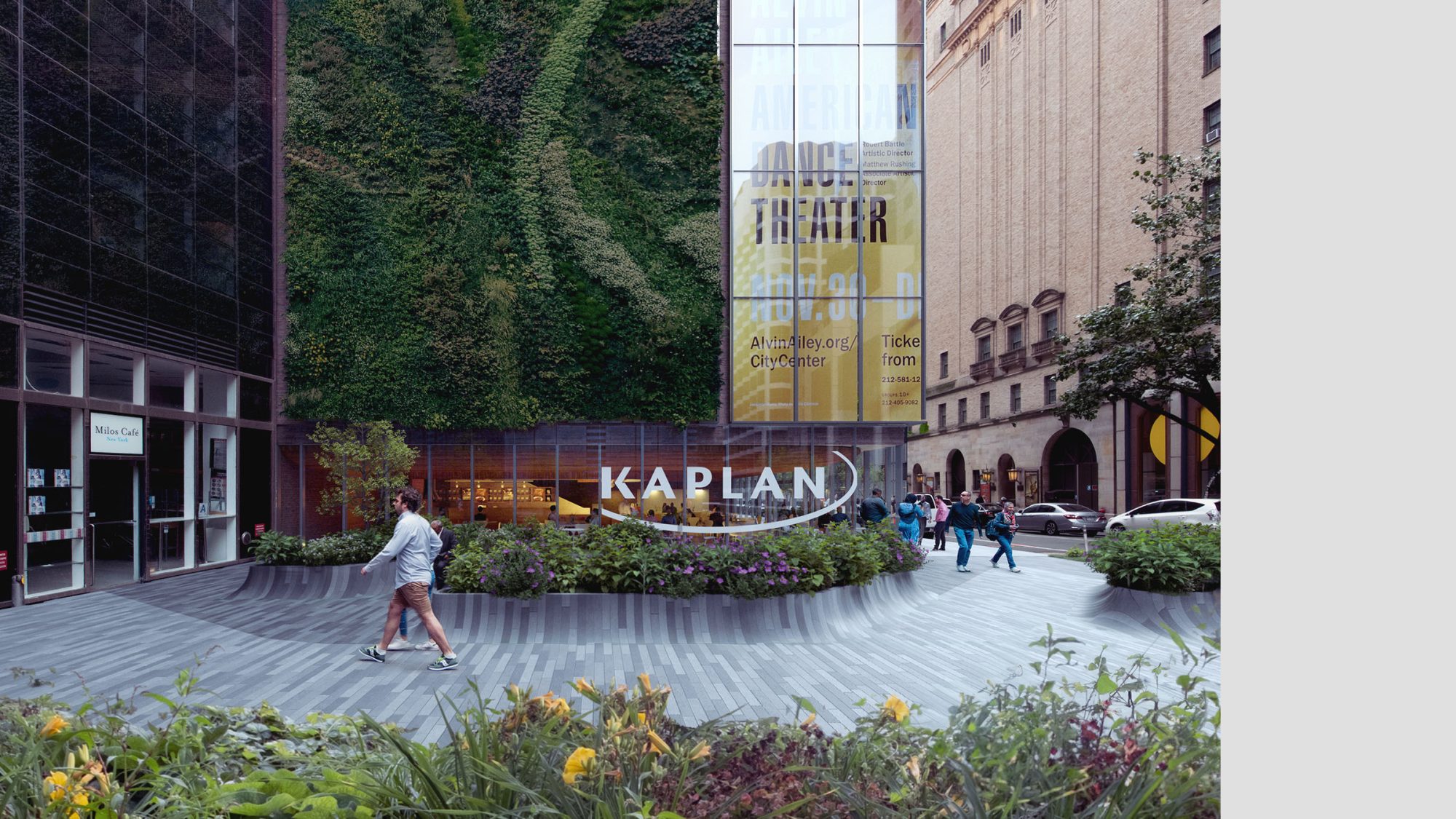
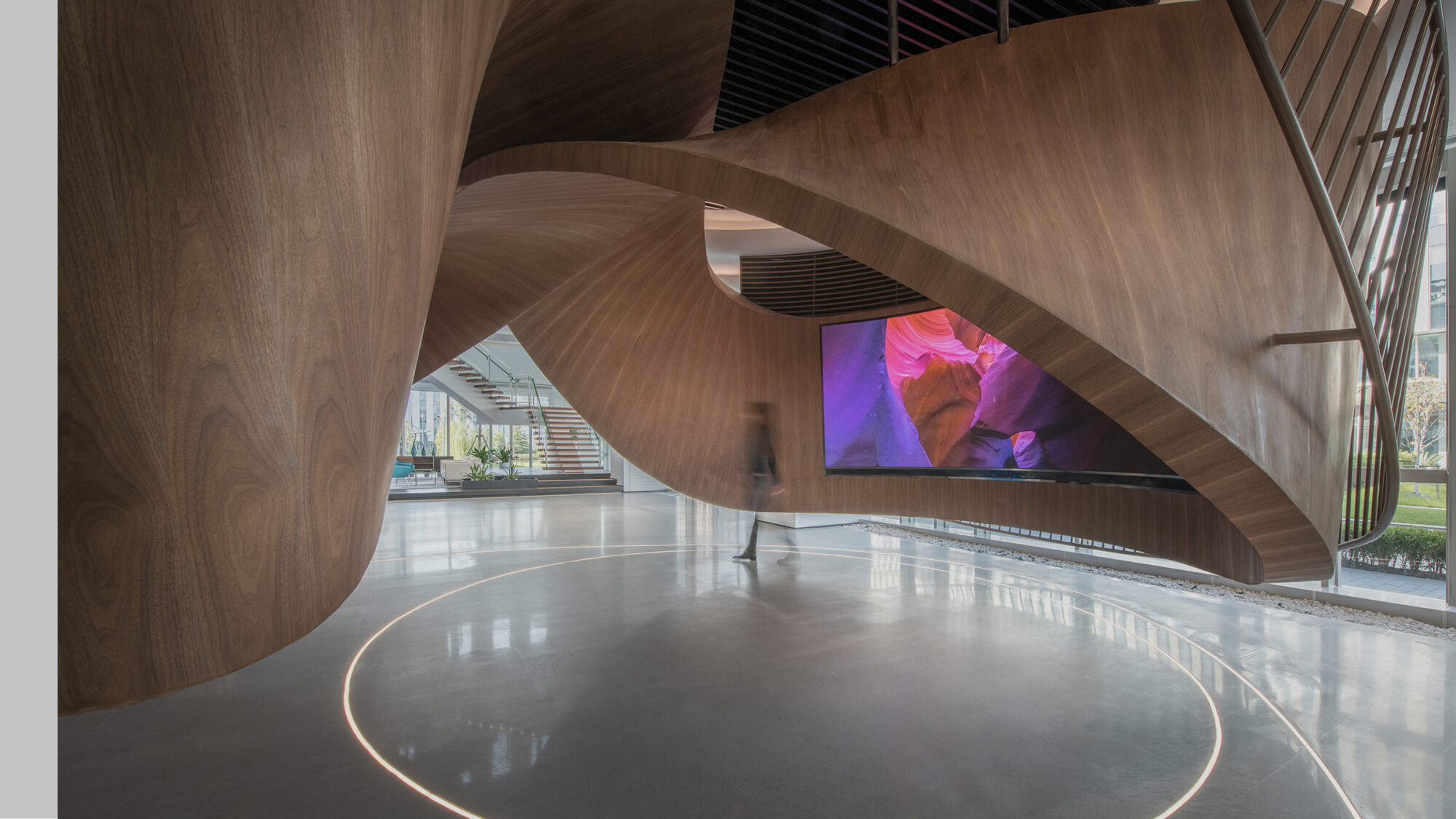
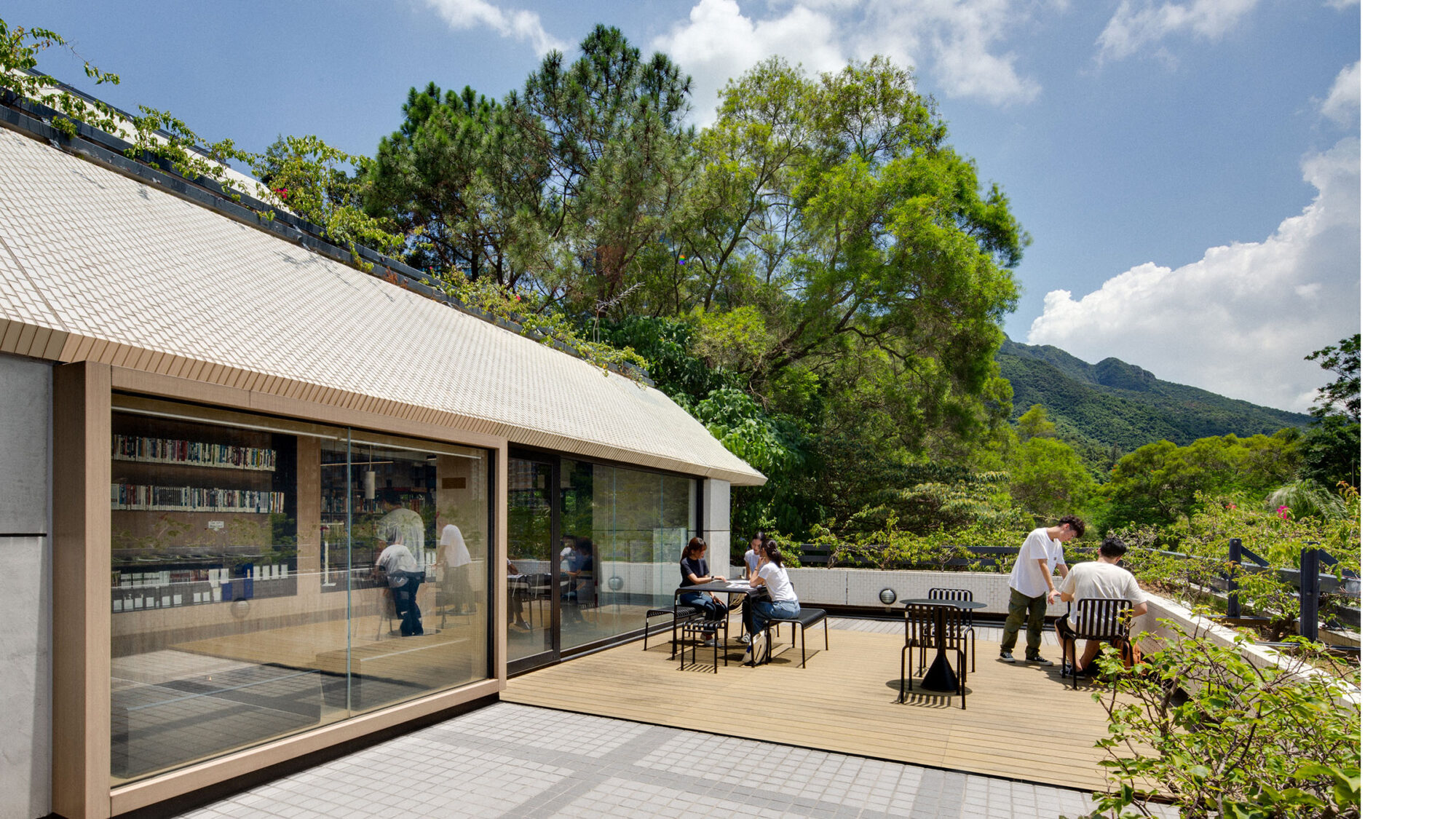
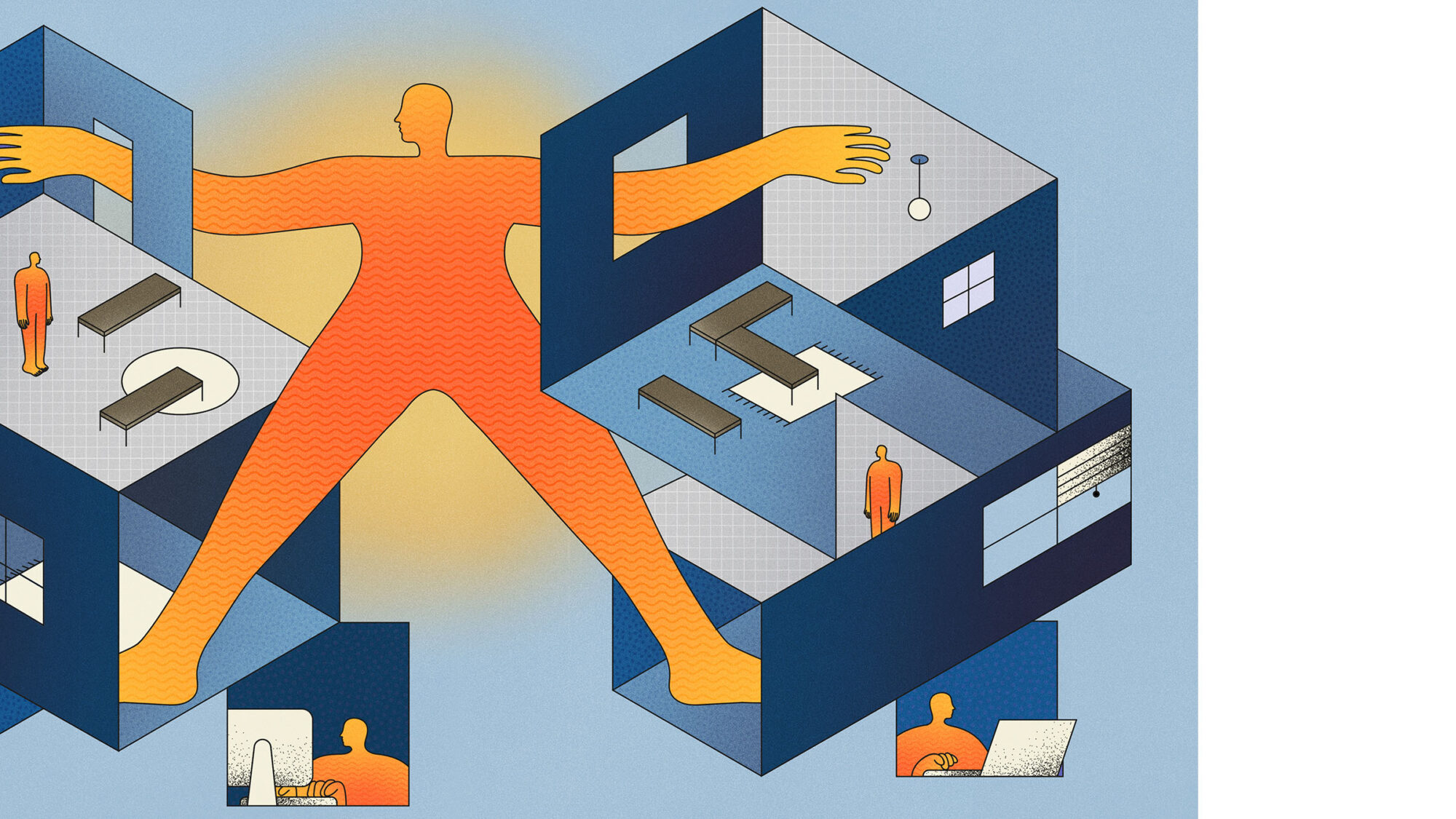
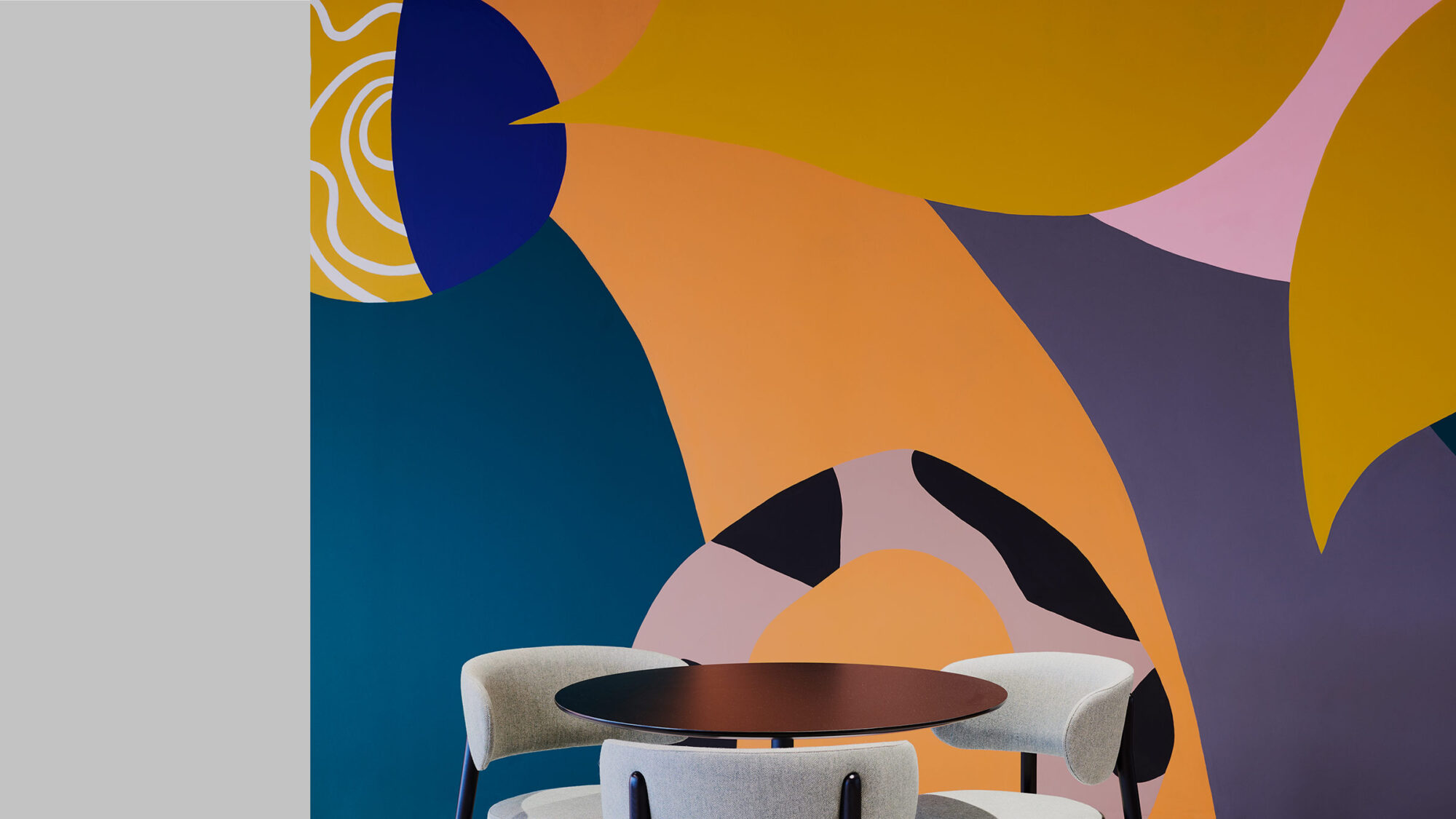
 Illustration by Pavle Ciric @pajac_
Illustration by Pavle Ciric @pajac_
In this series we discuss workplace strategies that help leaders gain a competitive edge during the transformation of their businesses.
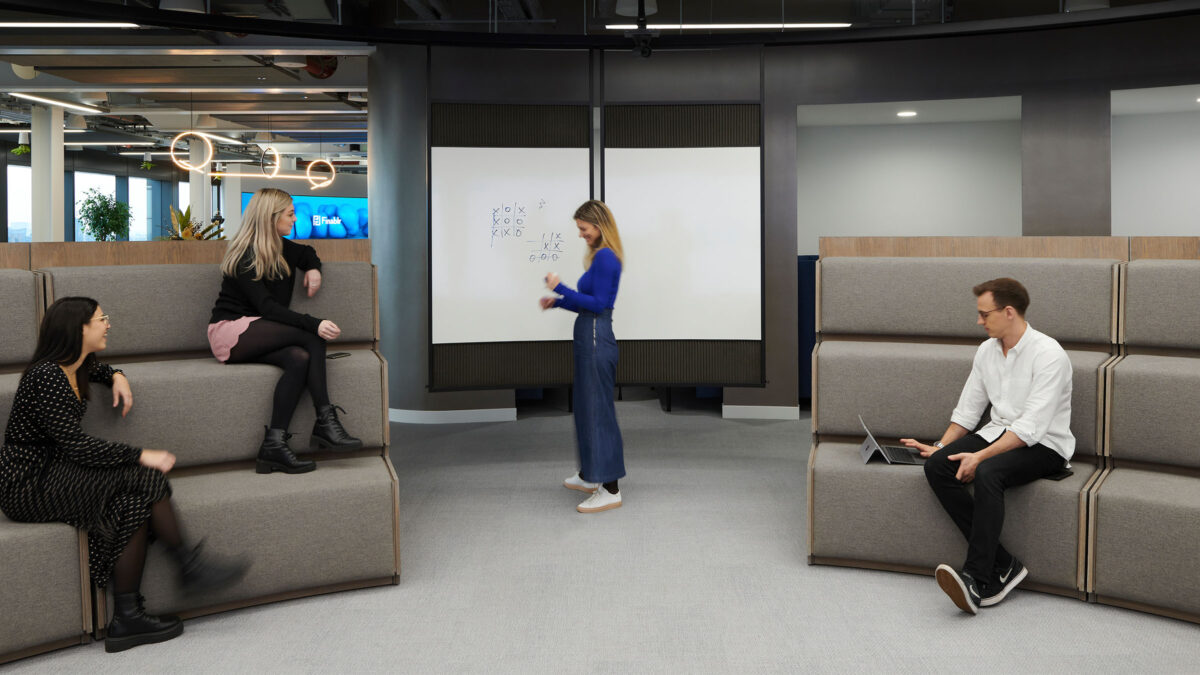
To provide physical structure to the innovation process and spark new ideas, spaces need to be future-proofed, aid collaboration, and stimulate the imagination.
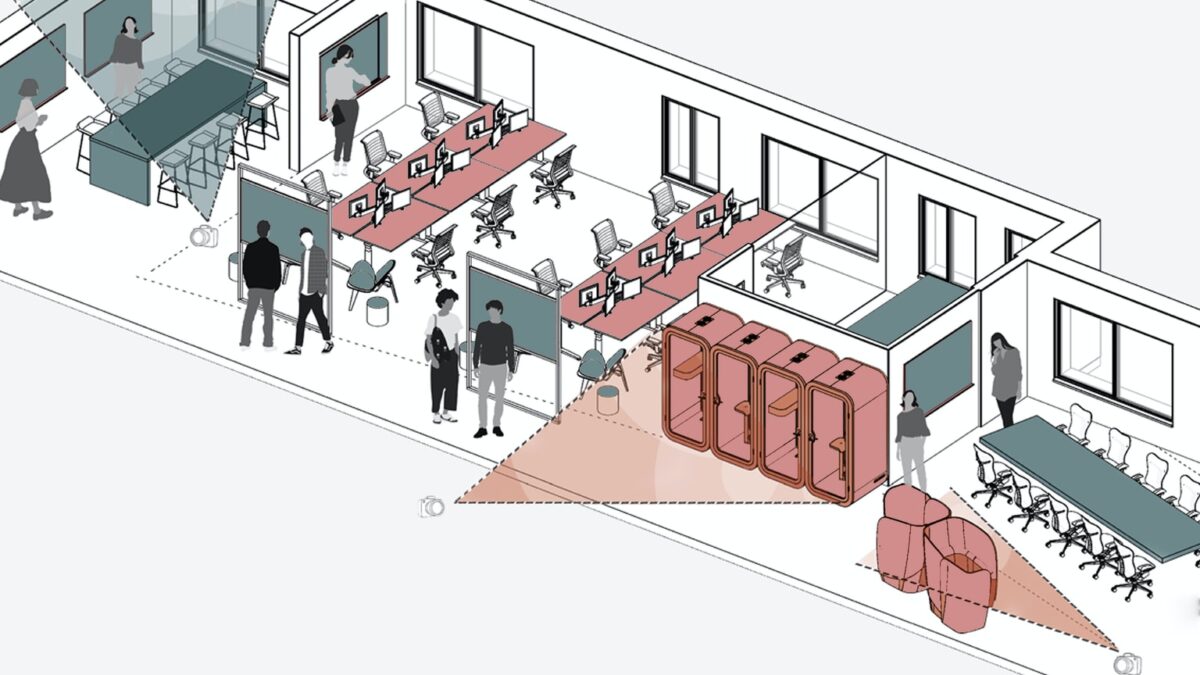
28% of high growth companies increased investments in innovation by more than 50% between 2012 and 2017. In their research into disruption, the EY Centre for Board Matters revealed that 67% of investors want companies to undertake potentially disruptive innovation projects.
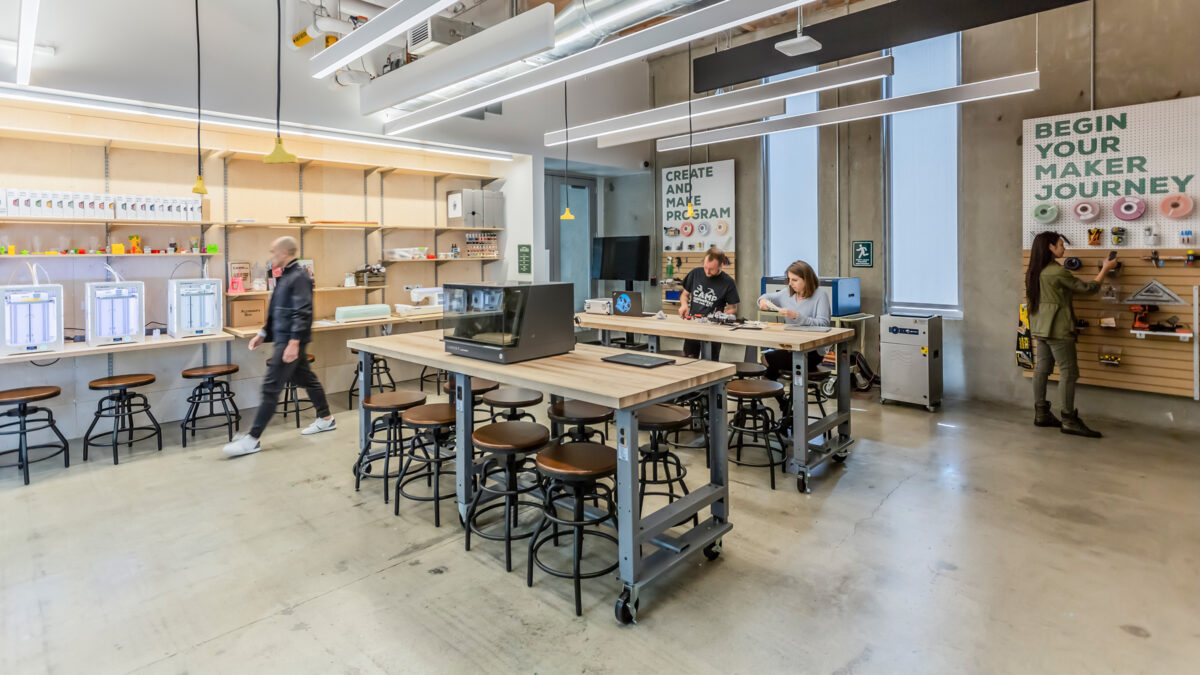
As seen in LinkedIn’s Design Laboratory, dedicated areas for research and development can be key to testing ideas. Reconfigurable workspace sits alongside flexible project spaces for brainstorming and ideation. When creativity is given its own space in the office, a culture of intelligent risk-taking means teams can fail fast, apply learnings in real-time and rapidly find new solutions. In the space created with M Moser, LinkedIn discover, test and develop new workplace strategies and concepts to be incorporated in their offices around the world.
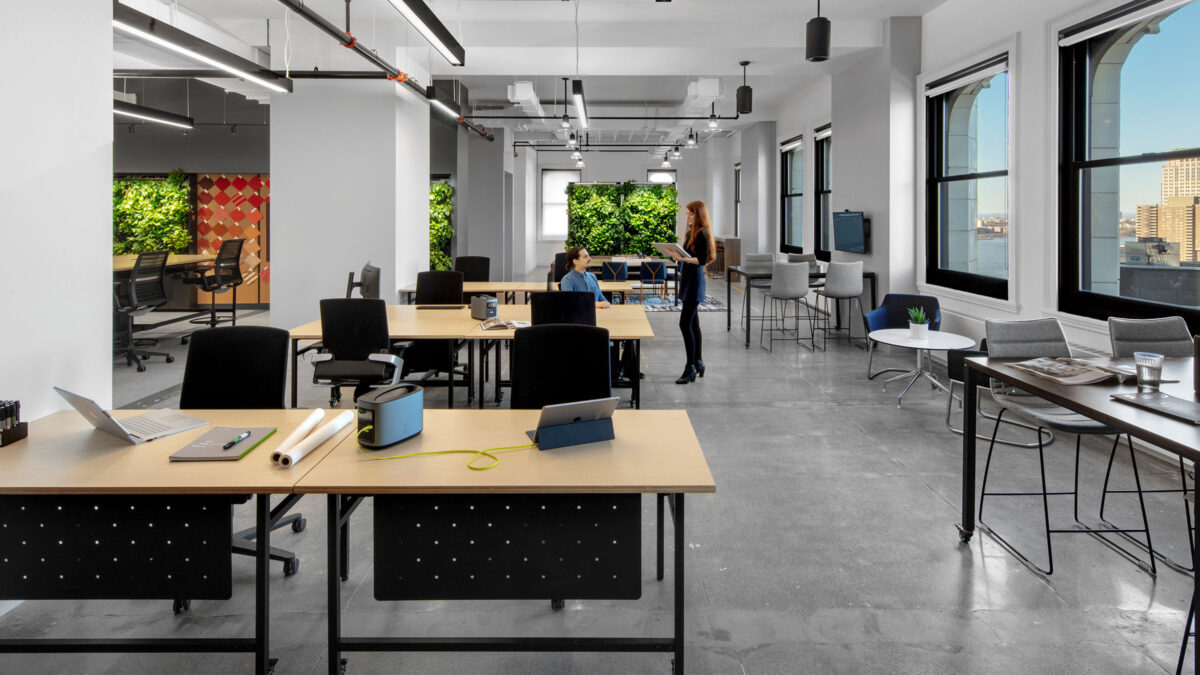
Jennifer Magnolfi shared in the book “Spaces for Innovation”, “To innovate, businesses will have to harness the intrinsic potential of a 21st century workforce for whom the digital workspace is sometimes the primary workspace”. The supporting infrastructure such as power, data and connectivity frequently restricts an organisations ability to create truly mobile enabled workspaces. Now, solutions like the mobile battery technology replacing underfloor power in M Moser’s New York office (above) are beginning untether people from their proximity to the nearest socket.

One of the biggest barriers to innovation is hierarchy, solved by recognising that employees at every level need to be engaged in the problem solving. Harvard Business Review highlights, “a growing body of evidence that shows that organisations with flat structures outperform those with more traditional hierarchies in most situations”.
When we design workplaces without hierarchy, many people are able to embrace different kinds of working. For example, while private offices provide privacy for sensitive conversations and quiet for focused work, it is rarely necessary all of the time.
By reducing this obstacle, the workplace can become a breeding ground for thinking in exciting and unanticipated ways. Enabling this broad-spanning contribution to creativity with a designed environment can prevent the exclusion of groups with untapped potential.
Hierarchy also affects our access to the right people, which can in turn stifle collaboration. One of the key arguments in favour of open plan offices is the removal of physical barriers between people. With a range of options the use of space is more intuitive, so employees are both more likely to approach a manager in an open area and respect their need for privacy when occupying a focus space.
Group Director
Regional Director
Associate Director, Design
Associate Director, Workplace Strategy and Transformation